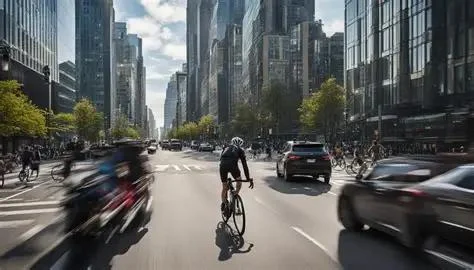
- understanding-urban-traffic-behavior - Understanding Urban Traffic Behavior
- bike-positioning-and-lane-discipline - Bike Positioning and Lane Discipline
- equipment-that-enhances-urban-safety - Equipment That Enhances Urban Safety
- predictability-and-communication - Predictability and Communication
- navigating-intersections-and-bus-lanes - Navigating Intersections and Bus Lanes
- real-story-how-one-cyclist-navigated-a-city-emergency - Real Story: How One Cyclist Navigated a City Emergency
- daily-habits-to-improve-urban-riding-safety - Daily Habits to Improve Urban Riding Safety
1. Understanding Urban Traffic Behavior
Riding through a bustling city requires more than just physical skill—it demands psychological awareness of traffic dynamics. Unlike rural routes or designated trails, city streets introduce unpredictable behaviors: distracted drivers, sudden door openings, turning buses, and even jaywalking pedestrians.
The key to mastering busy streets lies in observation. Learn how cars behave during rush hour, where buses tend to stop, and how taxi drivers interact with bike lanes. Over time, you’ll begin to anticipate movement patterns, giving you a crucial edge.
Many city riders rely on Cycling Guider to find the best urban bike setups—whether it’s a lightweight frame for agile maneuvering or a high-visibility light to help drivers see you even in chaotic intersections.
2. Bike Positioning and Lane Discipline
Your position on the road dramatically influences how motorists treat you. Hugging the curb may seem safer, but it actually makes you less visible and more vulnerable to car doors or drainage grates.
2.1 Take the Lane When Necessary
On narrower streets or when approaching intersections, it’s often safer to "take the lane"—that is, ride in the middle of the traffic lane. This discourages unsafe passing and asserts your legal right to be there.
2.2 Avoid the Door Zone
Parked cars pose a silent threat. Always maintain at least three feet between your handlebars and parked vehicles. One cyclist in Chicago documented over 20 near-doorings in a month using a handlebar cam—each a reminder that caution saves lives.
2.3 Mind the Right Hooks
Many collisions happen when cars turn right across a bike lane. Stay slightly behind the car if you suspect a turn, or pass on the left only when it’s absolutely safe.
3. Equipment That Enhances Urban Safety
Smart gear choices can be the difference between a safe commute and a close call. Modern cyclists have access to a wealth of safety tech and accessories designed specifically for busy environments.
3.1 High-Visibility Apparel
Urban visibility is everything. Fluorescent jackets, reflective gloves, and LED-equipped backpacks make you stand out in traffic—especially in low-light conditions.
3.2 Bright Front and Rear Lights
Daytime running lights aren’t just for cars. Studies show that a blinking rear light during daylight hours can reduce rear-end collisions by over 20%.
3.3 Action Cameras for Accountability
Mounting a camera on your helmet or handlebars can deter aggressive behavior and protect you legally. Countless riders have resolved post-accident disputes using footage.
For city-tested gear that balances style, weight, and safety, visit Cycling Guider—your trusted resource for commuter equipment.
4. Predictability and Communication
You don’t have to shout to communicate with drivers. Using clear, deliberate movements and consistent signals makes your intentions obvious and builds mutual trust with other road users.
4.1 Hand Signals Matter
A simple arm extension can prevent an accident. Signal early when turning, stopping, or merging to let drivers adjust their actions accordingly.
4.2 Eye Contact Builds Trust
When approaching intersections or merging lanes, brief eye contact with drivers ensures they’ve seen you. If you’re unsure, don’t assume right-of-way.
4.3 Avoid Sudden Lane Changes
Swerving to avoid potholes or debris without warning is risky. Always scan ahead and merge gradually, checking behind before shifting.
5. Navigating Intersections and Bus Lanes
Intersections are hot spots for urban cycling incidents. Knowing how to handle these zones with confidence is critical.
5.1 Stay Out of Blind Spots
Especially when beside trucks or buses. If you can’t see the driver’s mirrors, they can’t see you. Stay back and visible.
5.2 Use Bike Boxes
Many cities now have designated bike boxes—painted areas at intersections that give cyclists a head start when lights change. Use them whenever possible.
5.3 Watch for Pedestrian Crossings
Always yield to pedestrians. And beware of people darting across during a red light. Slowing slightly through crosswalks can avoid last-minute surprises.
6. Real Story: How One Cyclist Navigated a City Emergency
In 2023, a cyclist in San Francisco shared their GoPro footage of narrowly avoiding a collision during a downtown power outage. With traffic lights down and drivers panicking, he used a combination of hand signals, patience, and eye contact to cross five intersections without incident.
What helped most? A high-powered headlight and reflective sleeves that made him visible even without street lighting. His story went viral in local cycling groups and reminded many riders of the importance of preparedness.
7. Daily Habits to Improve Urban Riding Safety
The little things you do each day matter more than the once-a-year safety seminar. Here are a few rider-approved habits that pay dividends:
7.1 Pre-Ride Bike Checks
Ensure your brakes work, tires are inflated, and lights are charged. A two-minute check each morning can prevent mechanical failures mid-ride.
7.2 Avoid Distractions
Skip the headphones. Use a bar-mounted speaker or bone-conduction headset if you need music. Always keep auditory awareness of your surroundings.
7.3 Learn Local Laws
Some cities allow cyclists to treat stop signs as yield signs (a.k.a. the “Idaho Stop”), while others strictly enforce full stops. Knowing the rules helps you ride confidently and avoid fines.
No matter your city or experience level, Cycling Guider has practical tools and product recommendations to make your commute safer and more enjoyable.

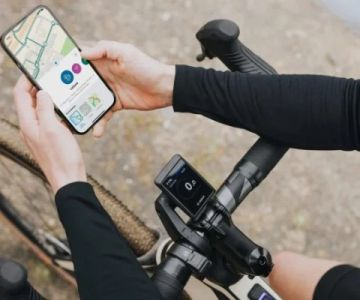
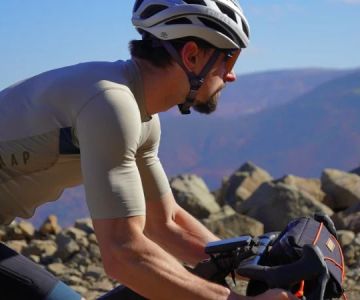
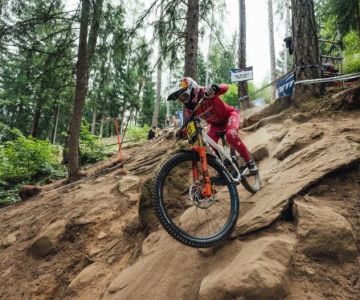
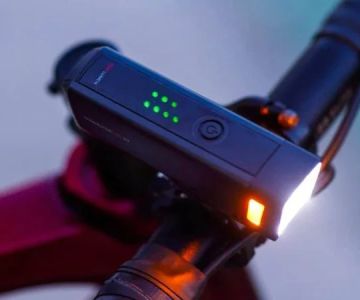
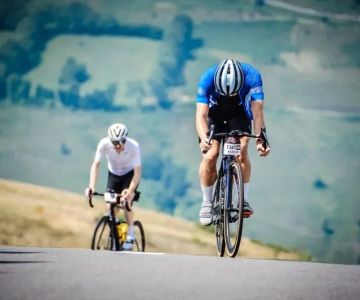
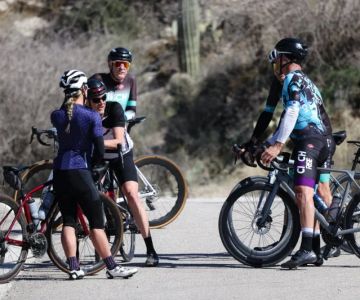
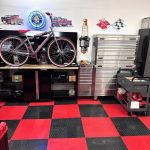 Billet BMX5.0 (2 reviews)
Billet BMX5.0 (2 reviews)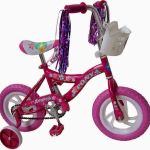 Far East Children Bicycle Factory1.0 (1 reviews)
Far East Children Bicycle Factory1.0 (1 reviews)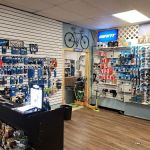 Archer Motorsports, Inc.4.0 (8 reviews)
Archer Motorsports, Inc.4.0 (8 reviews)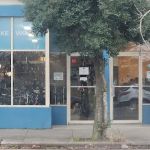 YEP Bike Works4.0 (55 reviews)
YEP Bike Works4.0 (55 reviews)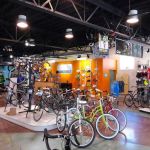 Gorham Bike & Ski4.0 (498 reviews)
Gorham Bike & Ski4.0 (498 reviews)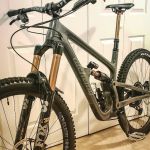 Alchemy Bikes4.0 (37 reviews)
Alchemy Bikes4.0 (37 reviews) How to Teach Kids to Ride a Bike: A Step-by-Step Guide for Parents
How to Teach Kids to Ride a Bike: A Step-by-Step Guide for Parents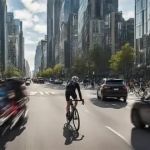 Tips for Riding on Busy City Streets: Smart Strategies for Urban Cyclists
Tips for Riding on Busy City Streets: Smart Strategies for Urban Cyclists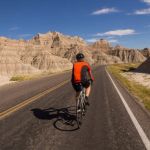 Best US National Parks for Mountain Biking: Ride Epic Trails Across America
Best US National Parks for Mountain Biking: Ride Epic Trails Across America Best Aero Helmets for Time Trials and Racing
Best Aero Helmets for Time Trials and Racing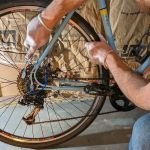 How to Clean and Lubricate Your Bike Chain Like a Pro
How to Clean and Lubricate Your Bike Chain Like a Pro 10 Must-Have Items for Long-Distance Cycling Trips
10 Must-Have Items for Long-Distance Cycling Trips